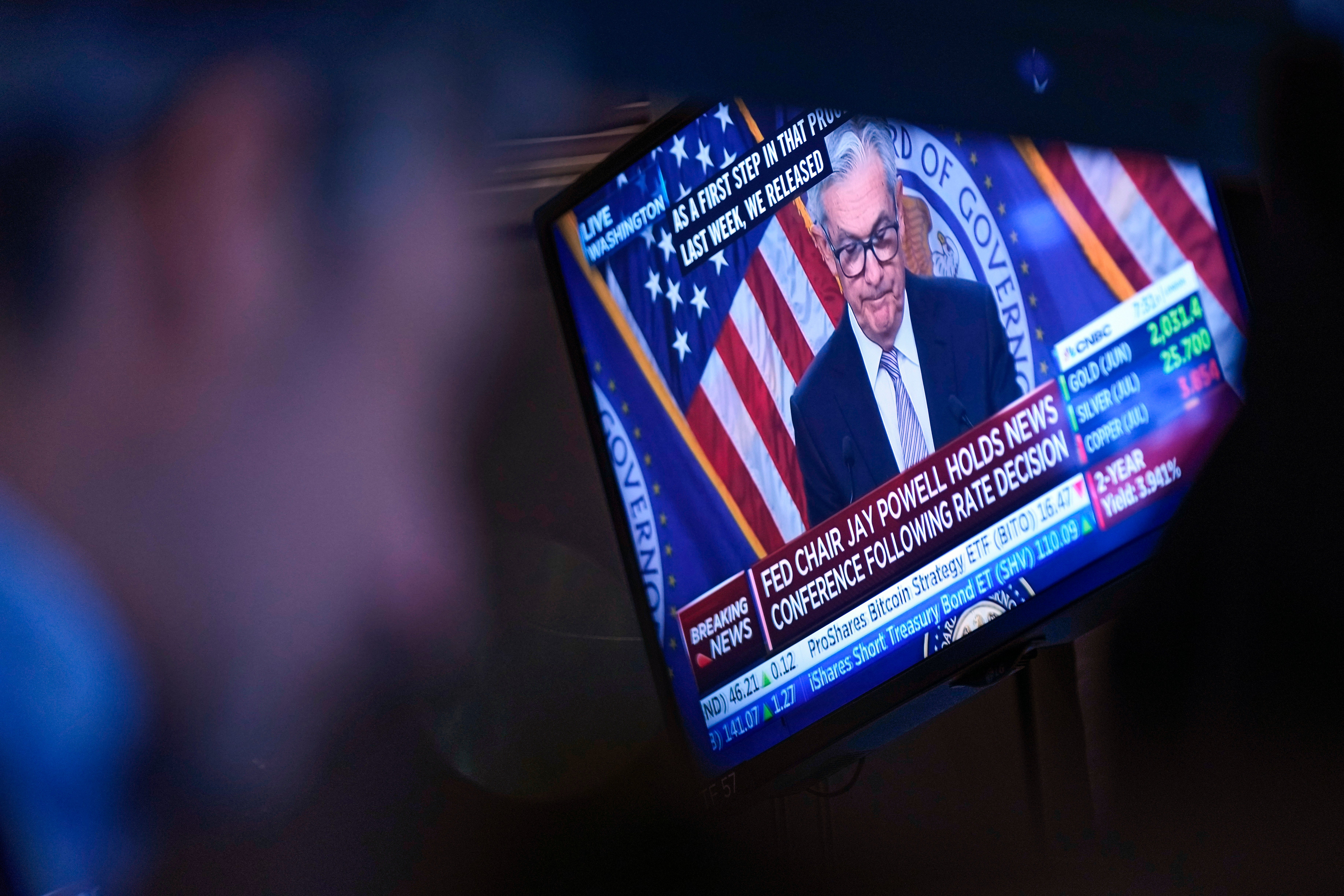 The Federal Reserve’s recent decision to delay the rate cut cycle comes as the latest U.S. inflation figure showed unsatisfactory progress towards the 2 percent target. The central bank’s strategy is now clear: it intends to maintain the current interest rates for a longer period. However, there are doubts about whether this approach will achieve its intended goal.
The Federal Reserve’s recent decision to delay the rate cut cycle comes as the latest U.S. inflation figure showed unsatisfactory progress towards the 2 percent target. The central bank’s strategy is now clear: it intends to maintain the current interest rates for a longer period. However, there are doubts about whether this approach will achieve its intended goal.
One possible reason for the lack of progress could be that the interest rate is not high enough or that it has not been maintained at a high enough level for a sufficient amount of time. Historical experience suggests that monetary policies take around 1-2 years to become effective, which typically coincides with the time when loans need to be rolled over.
Looking back to the Fall of 2022, about 1.5 years ago, the Fed funds rate was increasing from 2 percent to 4 percent, while the 10-year Treasury yield was already near 4 percent. At present, the policy rate is slightly higher, but the market rate remains relatively similar. As most funding costs are benchmarked against longer-term yields rather than overnight rates, the current level of tightness has been maintained long enough for its policy effect to transmit to most economic areas. Therefore, unless there is a sudden deterioration in the economic outlook in the near future, it is unlikely that the duration of the current rate has been the issue.
This leaves us with the question of whether the interest rate level is not high enough or if the rate hike pace is not fast enough. Traditional economic models tend to focus on the former, based on the concept of an equilibrium interest rate. In this context, equilibrium means that all variables are in a steady state, detrended in a short-run macroeconomic context. However, identifying this equilibrium rate (referred to as r*) is complex due to its dynamic nature.
For instance, the trend level of the equilibrium interest rate decades ago would have been much higher due to higher output and population growth. In 2012, when the Fed first released its projected “long-run Fed funds rate,” the central tendency was around 4.0 percent to 4.5 percent. However, the latest projection in March 2024 has been revised down to 2.5 percent to 3.0 percent. This suggests that the Fed may have adjusted its projection model, or more likely, there has been a trend change due to long-run factors.
The uncertainty in determining the r* could lead to policy inaccuracies, particularly when the Fed aims to do the bare minimum. Policy errors may only become apparent 1.5-2 years later when the transmission of policy effects has been completed. However, if the model were based on the rate hike pace in response to changes in inflation (a change-on-change version), there may not have been a need to rely on an accurate estimate of r* to define a tighter level.
By analyzing the year-on-year change of long-term yields against the 1.5-year lagged core inflation, it becomes clear that there is a relationship between these variables. This suggests that a more dynamic approach that takes into account inflation changes could be a more effective strategy for determining interest rate levels.
In conclusion, while the Federal Reserve’s decision to delay the rate cut cycle may be influenced by concerns about the effectiveness of current interest rates, it is crucial to consider both the level and pace of rate hikes. The complex nature of identifying the equilibrium interest rate and the uncertainty surrounding policy accuracy highlights the challenges faced by central banks in navigating monetary policy decisions. A more dynamic approach that considers inflation changes could potentially provide a more reliable indicator for defining interest rate levels.

